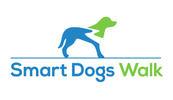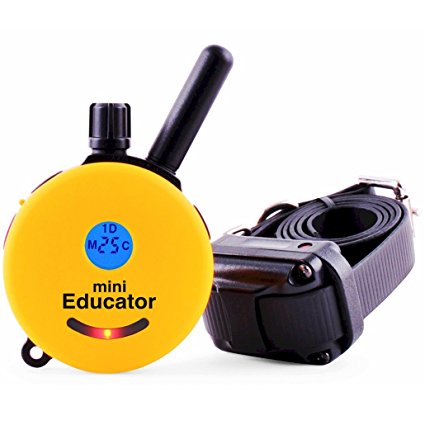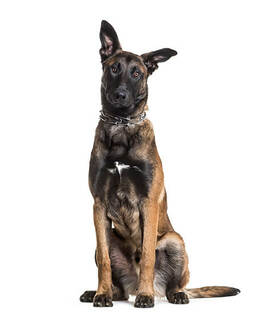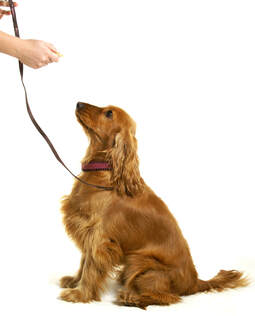SDW Training Methods
Smart Dogs Walk trains with an approach that will transform your dog's behaviors and enhance your dog ownership.
WHAT IS BALANCED DOG TRAINING? + -
The most modern approach for dog training is called “Balanced Training”. This technique uses positive reinforcement to teach new behaviors and applies proper corrections to discourage unwanted behaviors. This allows us to constantly give your dog feedback for the actions they choose to do. It basically comes down to teaching your dog right from wrong until they ultimately learn to make the right choices.
WHY USE CONSEQUENCES?
Of course, the best part of owning a dog is sharing affection with them, but a world without consequences is unrealistic and confusing. Positively associating behaviors with rewards can surely teach your dog new behaviors, but this approach is not always reliable when it comes to real life situations. When dealing with problematic behaviors in stimulating environments, reward based training will not maintain your dogs’ attention. Some amount of consequence is necessary to deter your dog from making the mistakes that can get them into trouble.
Just like in our every day lives, we make choices based on the consequence of our actions; like going to work to get paid, driving the speed limit to avoid a ticket, and paying the electric bill to keep the lights on. The world revolves around consequences, so we mustn’t deprive our dogs of this beneficial life lesson.
HOW TO CREATE A CONSEQUENCE
The secret to giving an effective correction is timing, consistency, and intensity.
The most modern approach for dog training is called “Balanced Training”. This technique uses positive reinforcement to teach new behaviors and applies proper corrections to discourage unwanted behaviors. This allows us to constantly give your dog feedback for the actions they choose to do. It basically comes down to teaching your dog right from wrong until they ultimately learn to make the right choices.
WHY USE CONSEQUENCES?
Of course, the best part of owning a dog is sharing affection with them, but a world without consequences is unrealistic and confusing. Positively associating behaviors with rewards can surely teach your dog new behaviors, but this approach is not always reliable when it comes to real life situations. When dealing with problematic behaviors in stimulating environments, reward based training will not maintain your dogs’ attention. Some amount of consequence is necessary to deter your dog from making the mistakes that can get them into trouble.
Just like in our every day lives, we make choices based on the consequence of our actions; like going to work to get paid, driving the speed limit to avoid a ticket, and paying the electric bill to keep the lights on. The world revolves around consequences, so we mustn’t deprive our dogs of this beneficial life lesson.
HOW TO CREATE A CONSEQUENCE
The secret to giving an effective correction is timing, consistency, and intensity.
- TIMING: A perfectly timed correction will associate a specific behavior with your negative feedback. Too early and you will confuse your dog. Too late and your dog won’t associate the behavior with your response.
- CONSISTENCY: The negative feedback must be given every single time your dog does that specific behavior in order to decrease the likelihood of your dog making the choice to do it again.
- INTENSITY: Matching the intensity of the correction with the intensity of the behavior will provide a meaningful influence on your dog's actions. For example, a correction for jumping up will be given at a level of intensity that matches the excitement level of your dog. If the correction intensity is too little, the dog will ignore it. If the correction level is too high, the dog will show fear and confusion.
TRAINING TOOLS
The most effective and efficient training uses the absolute best equipment on the market to help you reach your training goals. When used properly with precise timing, consistency, and intensity these tools will ultimately give you the ability to teach your dog essential rules and successful communication.
.
Prong Collar
Remote Collar
Place
Crate
.
Prong Collar
- The gentlest way to apply pressure to your dog’s neck. The evenly applied pressure is extremely more effective than the constant, relentless impact of a flat collar, harness or gentle leader muzzle.
- Can only be pulled so tight so it will never cut off your dog’s airway or damage the lorax.
- When used properly, your dog will understand that the pressure the prong collar creates is caused from their actions
- Your dog learns to avoid the pressure of the collar by following your direction.
Remote Collar
- Interrupts inappropriate behavior.
- Uses low stimulation to communicate commands to your dog
- Clear and instant feedback
- No more yelling or scolding at your dog
- No more frustration when repeating commands over and over until your dog listens
Place
- One of the most beneficial commands
- Provides direction after a correction
- Redirects fear, stress, anxiety, hyperactivity, reactivity, etc
- Slows the mind down and their concern for what’s going on around them
- Gives your dog something else to focus on
- A spot of relaxation and self-calming
- Teaches boundaries and impulse control
- State of mind changes will have a tremendous impact on how your dog processes and reacts to stimuli in their world.
Crate
- Least stressful way to condition relaxation when your dog is unsupervised
- Provides confinement for safety and security of your dog
- House and potty training
- Preventing destructive behaviors
- Dogs enjoy the privacy and security of their own space



